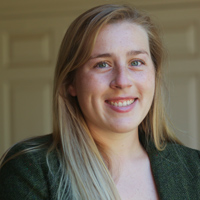
Erin Schwartz, a Ph.D. candidate in William & Mary’s Department of Anthropology, is studying enslaved women of the community of Buffalo Forge, a 19th century ironworks in Glasgow, Virginia.


Erin Schwartz, a Ph.D. candidate in William & Mary’s Department of Anthropology, is studying enslaved women of the community of Buffalo Forge, a 19th century ironworks in Glasgow, Virginia.
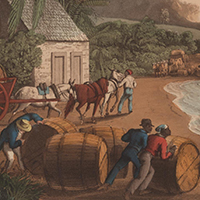
The Omohundro Institute at William & Mary has joined a multi-institutional partnership to document the lives of individuals who either were enslaved, owned slaves, were connected to the slave trade, and/or worked to emancipate individuals and families held in bondage.
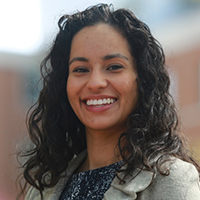
Four W&M students were recently awarded fellowships from the Southern Regional Education Board (SREB), a program aimed at increasing diversity among college and university faculty.
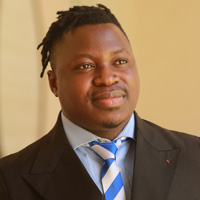
The royal palace at Ijebu-Ode was the center of economic, political and ritual life in the great Ijebu kingdom for a millennium, maybe more.
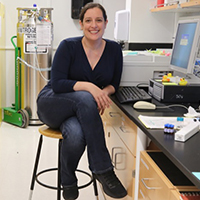
It took a pandemic for the world to understand the importance of something Rachel O’Brien has been researching for the better part of two decades.
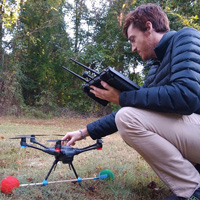
The Delmarva Peninsula, which includes Virginia’s Eastern Shore, is the avian version of a southbound interstate during the fall migration of raptors and songbirds.
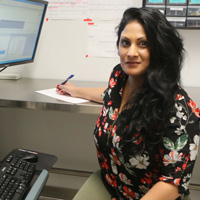
Two Ph.D. students in William & Mary’s Department of Applied Science are recipients of Doctoral Scholars Program Fellowships of the Southern Regional Education Board (SREB), a program aimed at increasing diversity among college and university STEM faculty.

As most of us weigh the conveniences and challenges of Internet-connected “smart houses,” Adwait Nadkarni is thinking on a higher level altogether.
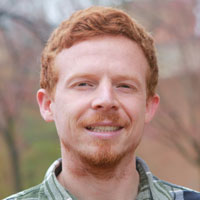
The S. Laurie Sanderson Awards for Excellence in Undergraduate Mentoring recognizes the graduate students in Arts & Sciences who mentor undergraduate students.
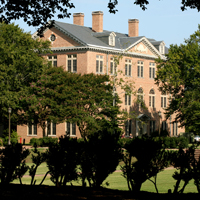
William & Mary’s graduate program in U.S. colonial history is the best in the country, according to rankings released today by U.S. News & World Report.
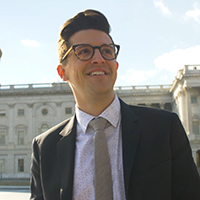
President-elect Joe Biden and Vice President-elect Kamala Harris have named Ike Irby as Policy Advisor in the Office of the Vice President. Irby earned joint graduate degrees from William & Mary and its Virginia Institute of Marine Science in 2017.

In its first public instruction opportunity, the university’s history writing center will guide middle school and high school teachers and students on the elements of effective historical writing.

Shantá D. Hinton was a pioneer in the study of a group of enzymes known as pseudophosphatases, particularly one known as MK-STYX. Pseudophosphatases were long considered a research dead-end, but Hinton and a handful of other labs discovered that there was nothing pseudo about these proteins.

The human brain is hardwired for resilience, to adapt and make sense of the incomprehensible. For members of the military who have served in combat zones, that cognitive plasticity is tested to the limit – and sometimes beyond.
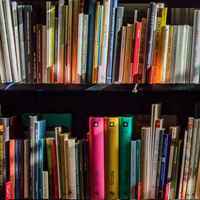
The following books by William & Mary faculty members were published in 2020.

The American Physical Society has named William & Mary physicist Patricia Vahle as a 2020 APS Fellow. Vahle, a professor in the university’s Department of Physics, was nominated by the APS Division of Particles and Fields.

John Swaddle, faculty director at William & Mary’s Institute for Integrative Conservation, and a group of graduate students have published a paper evaluating a new window-film product designed to reduce bird-window collisions.

Dan Cristol is the co-editor of a special issue of the journal Ecotoxicology, along with David Evers of the Biodiversity Research Institute.

Ryan Chaban was one of six graduate students and postdoc fellows selected for the inaugural Commonwealth of Virginia Engineering and Science (COVES) Fellowship.

Daniel Borrus began his Ph.D. research at William & Mary with what he thought was going to be an easy experiment, just to get his feet wet in neurophysiology research.

As COVID-19 and stay-at-home orders upended life as we know it, W&M chemist Rachel O’Brien turned her kitchen into a makeshift laboratory. She and her lab students literally cooked up experiments in their homes by measuring aerosols released during cooking.